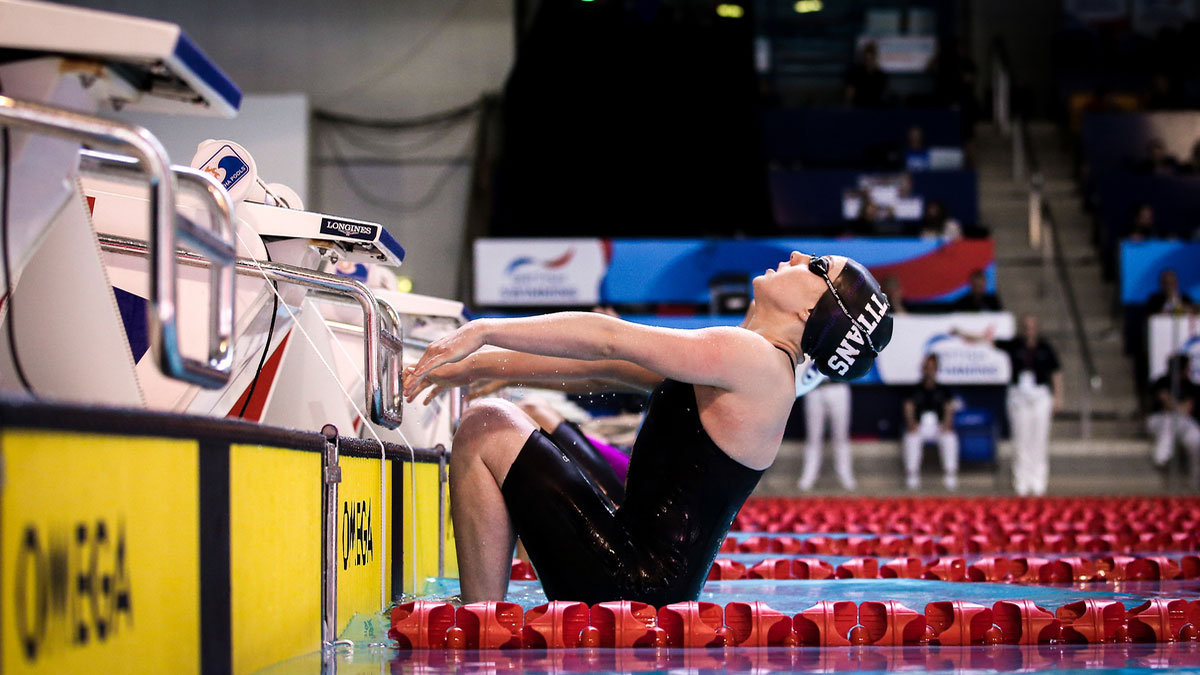
An introduction to competitive pool swimming
May 13, 2016 About the SportCompetitive pool swimming is one of the most exciting and popular sports in the world, with swimmers from 190 countries competing at the 2015 World Championships in Russia.
While the number of swimmers and the distance swum in pool swimming can vary, the goal is always the same – to finish first!
How many swimmers take part?
Most swimming races involve either eight or 10 swimmers, each competing in individual lanes in the pool.
At the majority of swimming competitions, there are far more than 10 swimmers in each event, so the competitors swim in heats, with the fastest eight or 10 from all the heats qualifying for the final where they race for the medals.
Relays in competitive pool swimming involve multiple swimmers – usually four – competing one after another for their team or country.
Each swimmer’s turn in the pool is referred to as a ‘leg’ and relays are usually some of the most exciting races to watch a competition, with the lead often changing hands with each leg of the relay.
The most common races where there are fewer than eight swimmers are ‘dual meets’ where swimmers from two teams will compete against each other, collecting points based on where they finish.
Relay races are dual meets usually only involve one relay for each team, while individual races can also be as few as one or two swimmers for each team.
How far are races in pool swimming?
Competitive pool swimming races vary in distance from 50m to 1500m and are swum in pools of either 25m (known as short course pools) or 50m (known as long course pools).
For the longer events – 400m, 800m and 1500m – swimmers are usually permitted to swim whichever stroke they prefer and these races are known as ‘freestyle’.
Events over the shorter distances – 50m, 100m and 200m – are held for backstroke, breaststroke and butterfly as well as freestyle, for which swimmers will almost always swim the fastest of the four swimming strokes – front crawl.
Medley races are also held where swimmers will be required to swim butterfly, backstroke, breaststroke and freestyle. Individual medley races are held over 100m, 200m or 400m.
Do swimmers only compete in pools?
Competitive pool swimming actually traces its roots to competitions in the sea, and competitive open water swimming is one of the fastest growing sports in England.
While the majority of open water swimmers still train in pools, they will race over much further distances in open water, with 25km the longest distance competed at the World Championships.
- Click here to find out more about open water swimming in England.
 Swim England Competitive Swimming Hub
Swim England Competitive Swimming Hub